They’re tough, stubborn, and quietly saving the desert.
Wild donkeys don’t ask for attention. They don’t roar or dazzle. But in the harshest corners of the world, they survive—and help everything around them do the same.
With their relentless hooves and constant movement, these animals break open dry soil, spread seeds, and carve paths to hidden water sources. They’re nature’s accidental engineers, shaping arid ecosystems in ways we’re only beginning to understand.
But survival doesn’t come easy. Habitat is vanishing. Poachers are watching. And the world, too often, looks the other way.
The fight to protect wild donkeys isn’t just about saving a species—it’s about saving the wild places they keep alive.
The Role of Wild Donkeys in Ecosystems
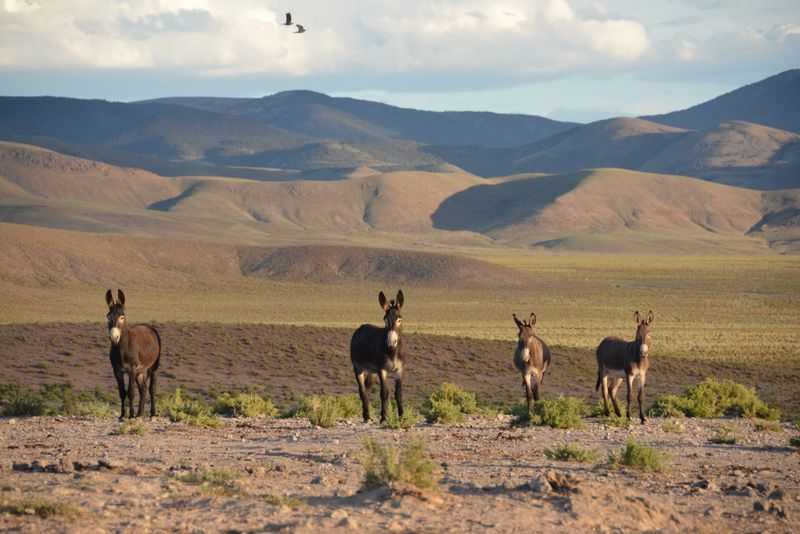
Wild donkeys are more than just iconic figures of arid landscapes; they are vital to ecosystem health. Acting as natural gardeners, they disperse seeds across vast terrains. This supports plant diversity and growth.
Their foraging behavior aerates the soil, promoting nutrient cycling. Without them, many desert ecosystems would struggle to thrive, losing biodiversity. Their migratory patterns also help in maintaining genetic diversity among plant species, ensuring resilience to environmental changes.
Despite their essential role, they are often overlooked in conservation efforts. Advocating for their protection ensures the health of arid ecosystems for generations to come.
Threats to Wild Donkey Populations
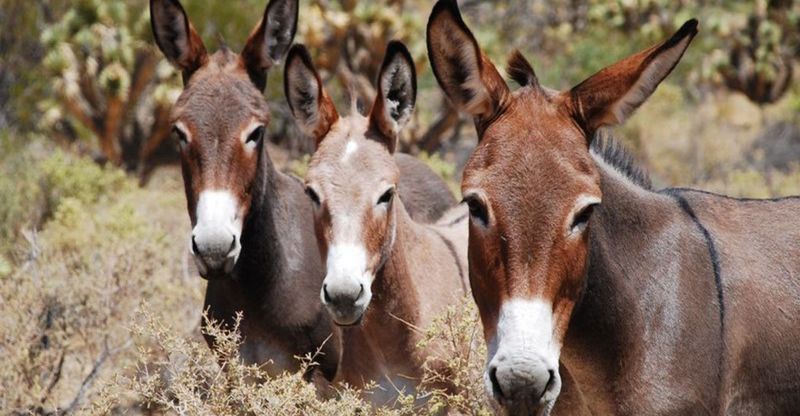
Wild donkeys face numerous threats that endanger their survival. Habitat destruction is a significant concern, with expanding urban areas encroaching on their natural homes.
Additionally, illegal capture for domestic use or trade reduces their numbers significantly. Climate change exacerbates these threats, altering the landscapes they depend on. As water sources dry up and vegetation patterns shift, donkeys struggle to find food and water.
These challenges are compounded by human activities such as mining and agriculture, which further degrade their habitats. Addressing these threats requires comprehensive conservation strategies and stronger legal protections.
Conservation Efforts and Success Stories
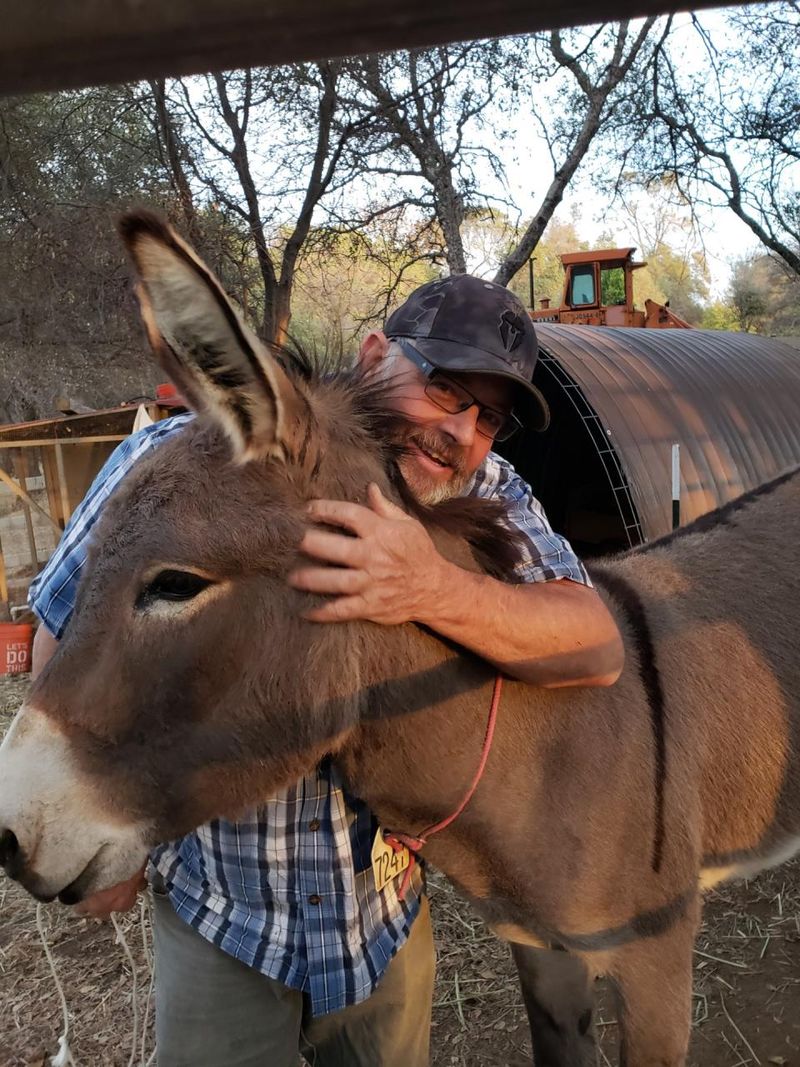
Conservationists around the world are taking action to safeguard wild donkey populations. Through habitat restoration projects, they aim to recreate the natural environments these donkeys need to thrive.
Protection initiatives, such as establishing wildlife reserves, offer safe havens from poaching and land development. Success stories, like the recovery of populations in certain regions, inspire continued efforts.
Collaborations between governments and NGOs enhance these initiatives, providing the resources and expertise necessary for effective conservation. Public awareness campaigns also play a crucial role, educating communities about the importance of protecting these unique animals.
The Genetic Diversity of Wild Donkeys
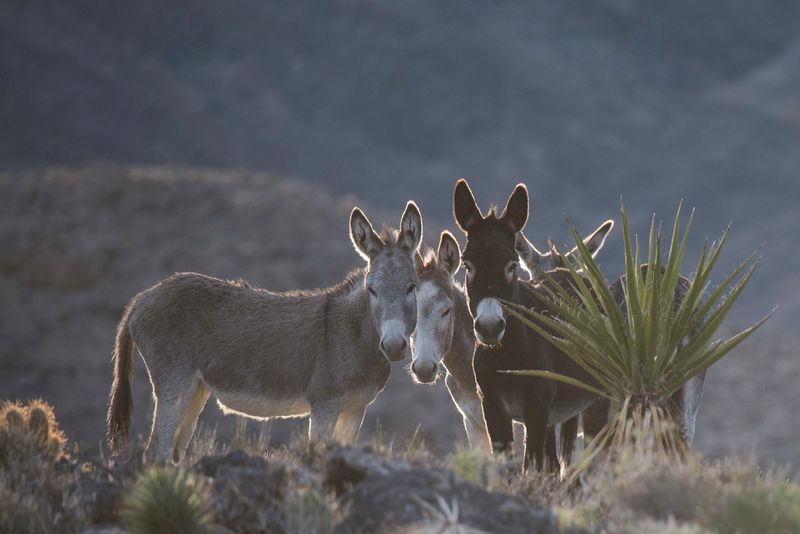
The genetic diversity found within wild donkey populations is a fascinating aspect of their biology. This diversity allows them to adapt to different environmental conditions and challenges.
Genetic variation contributes to their resilience against diseases and environmental changes. Studies have shown that diverse populations are more robust, capable of withstanding pressures that would threaten less varied groups.
Conservation efforts that focus on maintaining and enhancing this genetic diversity are crucial. By doing so, we ensure that wild donkeys can continue to fulfill their ecological roles, even as their environments change. Protecting their genetic health is vital for their future.
The Cultural Significance of Wild Donkeys
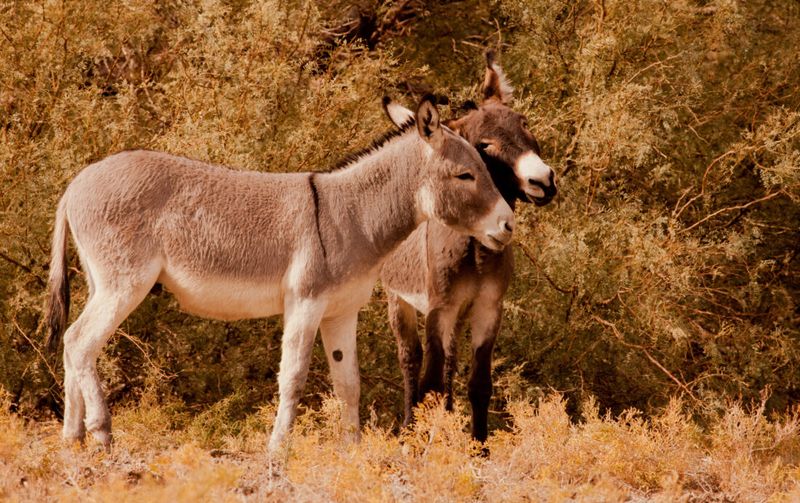
Wild donkeys hold cultural significance in many societies around the world. In some regions, they are celebrated in traditional festivals, symbolizing strength and resilience.
These events highlight the deep connections between humans and wild donkeys, fostering a sense of respect and admiration. Beyond festivals, donkeys often feature in local folklore and stories, representing wisdom and endurance. This cultural heritage underscores the importance of preserving wild donkey populations.
By maintaining these traditions and stories, communities can spread awareness about the need for conservation. Celebrating their cultural importance helps galvanize support for protection efforts globally.
Technological Advances in Donkey Protection
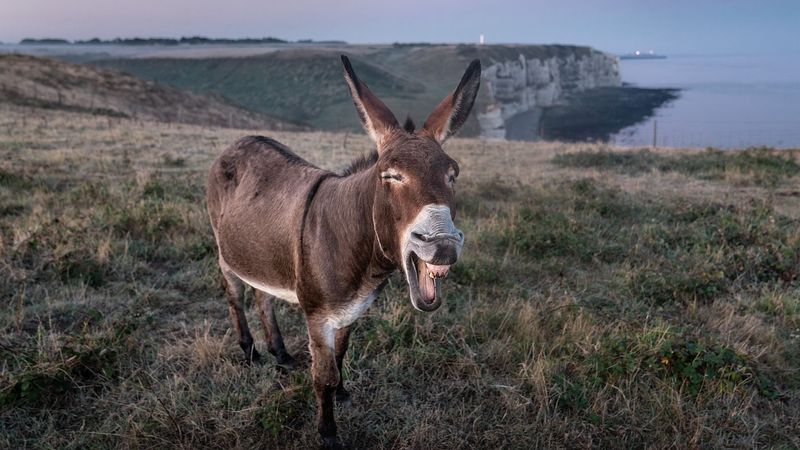
Innovative technology is playing a crucial role in the protection of wild donkeys. The use of drones and GPS tracking allows researchers to monitor populations in remote areas efficiently.
These technologies provide valuable data on movement patterns and habitat usage, informing conservation strategies. By identifying critical habitats and migration routes, conservationists can implement targeted protection measures. Technology also aids in combating illegal poaching by providing real-time surveillance and alerts.
This modern approach to conservation enhances traditional methods, offering a comprehensive understanding of wild donkey behaviors and needs. Embracing technology is essential for effective donkey conservation.
Community Involvement in Donkey Conservation
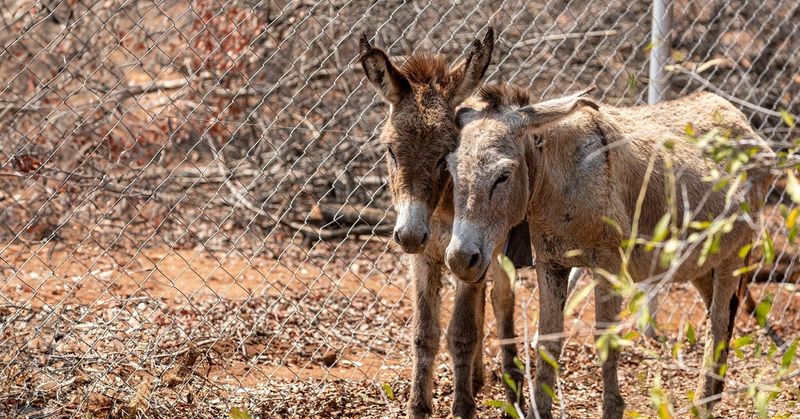
Community involvement is a cornerstone of successful wild donkey conservation efforts. Local communities are often best placed to protect these animals, as they have intimate knowledge of the land and its wildlife.
Educational programs raise awareness about the importance of wild donkeys, fostering a culture of conservation. Community-led initiatives, such as habitat preservation and monitoring, empower locals to take an active role.
This collaborative approach ensures that conservation efforts are sustainable and culturally sensitive. By involving communities, we create lasting change, building a future where wild donkeys can thrive alongside human populations. Their involvement is key to lasting success.
Local Community Education Initiatives

Educating local communities is vital in the fight to protect wild donkeys. In regions where donkeys roam freely, misconceptions often lead to conflict. Educators use hands-on workshops to dispel myths and promote coexistence.
Children are particularly engaged through interactive games and storytelling. These activities foster a sense of responsibility towards wildlife. Adults, too, benefit from understanding the ecological importance of donkeys.
Empowered with knowledge, communities can make informed decisions that support conservation efforts. Involving locals ensures a symbiotic relationship between humans and donkeys, crucial for long-term success.
Innovative Tracking Technologies
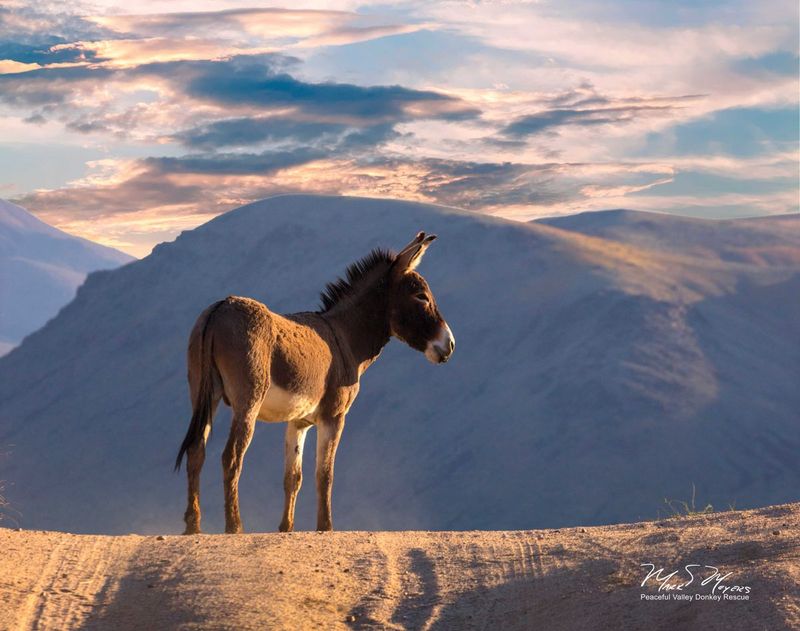
New technologies are revolutionizing wild donkey conservation. GPS collars provide real-time data on movements, helping scientists understand behavioral patterns.
This information is crucial for crafting effective conservation strategies. By identifying migration routes, researchers can pinpoint key areas for protection. Advanced tracking reduces human-wildlife conflict by predicting interactions. As technology advances, so does the potential for innovative conservation solutions.
These efforts not only safeguard donkey populations but also enhance our understanding of their ecological role. Collaboration between technologists and conservationists is essential for maximizing these benefits.
Challenges of Cross-border Conservation
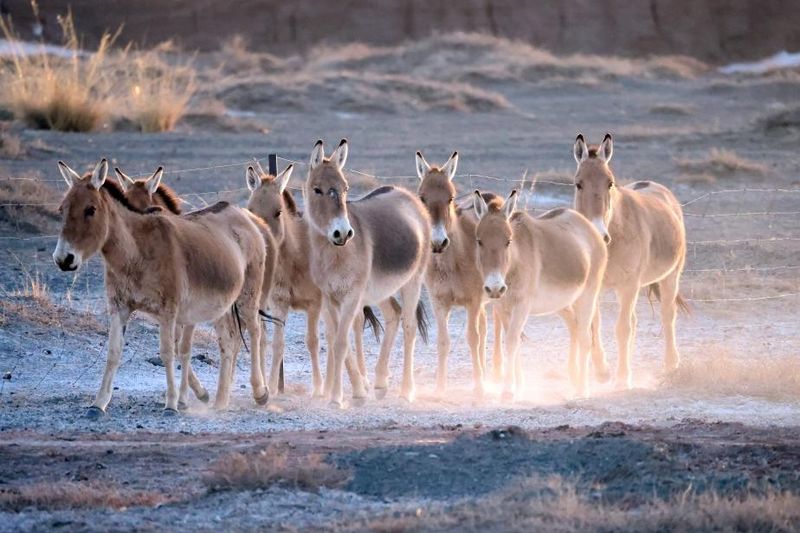
Cross-border conservation presents unique challenges for wild donkey protection. These animals often roam across national boundaries, necessitating international cooperation.
Conservationists work tirelessly to harmonize efforts between countries. Diplomatic dialogues and treaties are crucial in this endeavor. Wild donkeys highlight the need for collaborative conservation frameworks. By sharing resources and strategies, nations can address transboundary issues effectively.
This cooperation is essential for creating safe habitats that accommodate natural donkey behaviors. Balancing national interests with ecological needs requires ongoing negotiation and mutual respect among countries.

